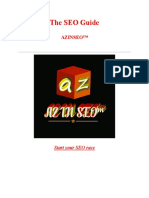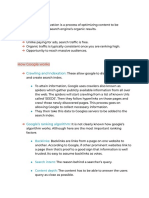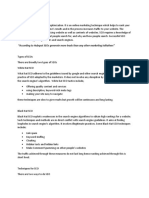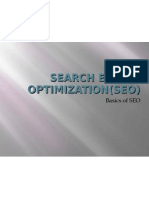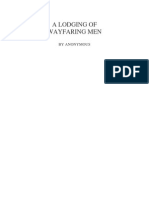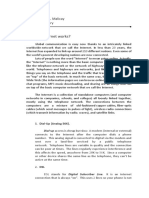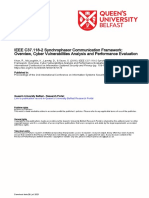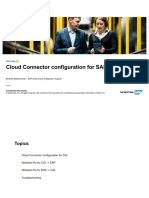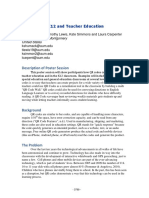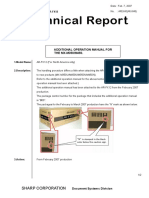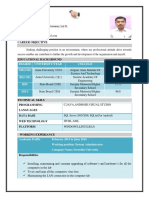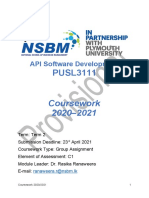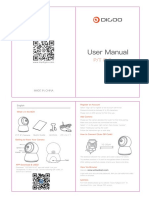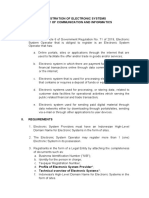0% found this document useful (0 votes)
44 views5 pagesSEO Assignment
The document provides an overview of Search Engine Optimization (SEO) and its various types, including On Page, Off Page, Technical, and Local SEO, each focusing on different aspects of improving website visibility. It also explains keywords and their types, such as short-tail, long-tail, LSI, and intent-based keywords, as well as the concept of backlinks and their different types, including natural, manual, and editorial backlinks. The submission is part of an assignment for World Business Management, submitted by M Asad Maqsood to Sir Faraz Waseem on July 16, 2024.
Uploaded by
nivivas402Copyright
© © All Rights Reserved
We take content rights seriously. If you suspect this is your content, claim it here.
Available Formats
Download as DOCX, PDF, TXT or read online on Scribd
0% found this document useful (0 votes)
44 views5 pagesSEO Assignment
The document provides an overview of Search Engine Optimization (SEO) and its various types, including On Page, Off Page, Technical, and Local SEO, each focusing on different aspects of improving website visibility. It also explains keywords and their types, such as short-tail, long-tail, LSI, and intent-based keywords, as well as the concept of backlinks and their different types, including natural, manual, and editorial backlinks. The submission is part of an assignment for World Business Management, submitted by M Asad Maqsood to Sir Faraz Waseem on July 16, 2024.
Uploaded by
nivivas402Copyright
© © All Rights Reserved
We take content rights seriously. If you suspect this is your content, claim it here.
Available Formats
Download as DOCX, PDF, TXT or read online on Scribd
/ 5




